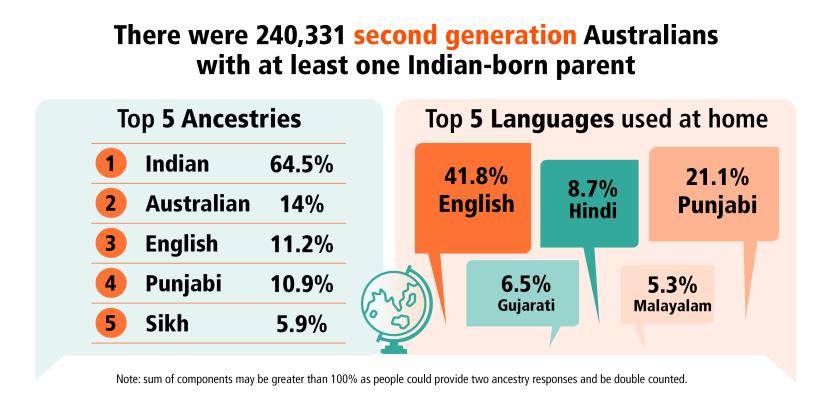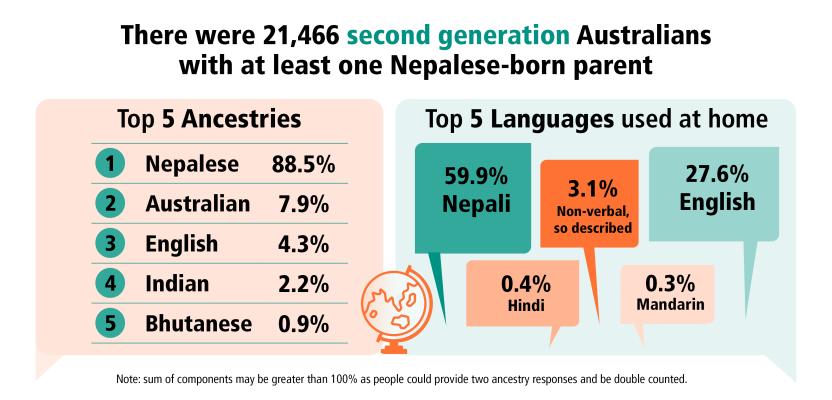The Census collects a range of information that allows us to measure Australia’s cultural and ethnic diversity. Since the end of World War II, the proportion of overseas-born and second generation migrants in Australia has steadily increased. It is the suite of cultural diversity questions in the Census such as ancestry, country of birth, English proficiency, language spoken, Indigenous status and religious affiliation, which allow us to better understand the increasing complexity and growing ethnic diversity in Australia.
The terms ‘ethnicity’ and ‘ethnic’ can be associated with different meanings and there is no internationally agreed definition. The ABS has adopted a multidimensional approach to understand ethnicity in Australia. This approach was recommended by Borrie[1] and is consistent with the Law Lords definition of ‘ethnicity’ which refers to the shared identity or similarity of a group of people based on one or more distinguishing characteristics.
These characteristics include:
- a long-shared history, the memory of which is kept alive
- a cultural tradition, including family and social customs, sometimes religiously based
- a common geographic origin
- a common language (but not necessarily limited to that group)
- a common literature (written or oral)
- a common religion
- being a minority (often with a sense of being oppressed)
- being racially conspicuous.
This article presents key cultural and language diversity data and reflects on changes over time. For more information on religious affiliation see Religious affiliation in Australia. Two in-depth case studies have been included to show how information can be brought together to better understand ethnic populations in Australia.
For more information on measuring cultural and ethnic diversity see Standards for Statistics on Cultural and Language Diversity and Australian Standard Classification of Cultural and Ethnic Groups (ASCCEG).




